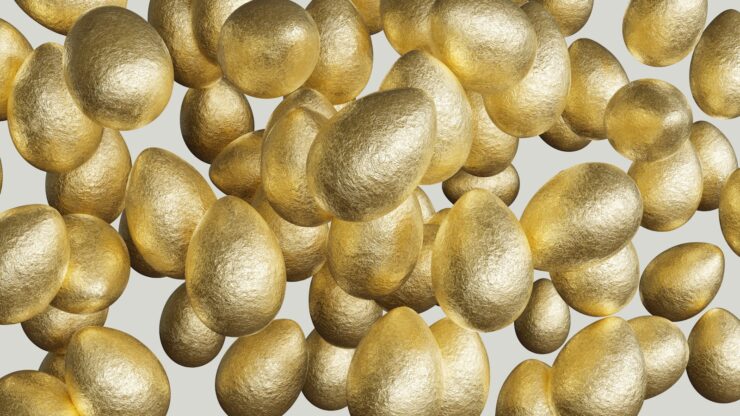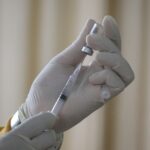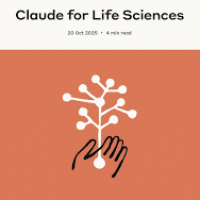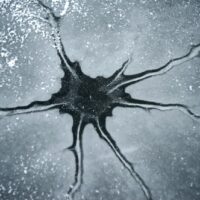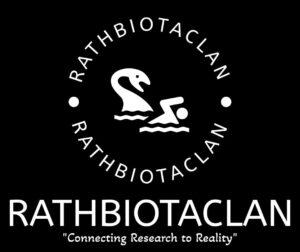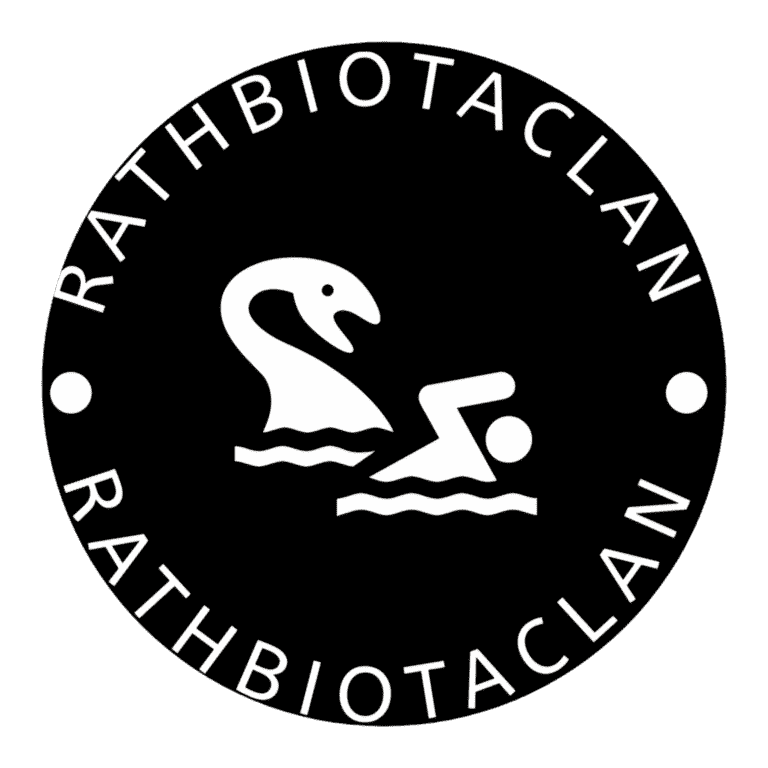The bacterium C. metallidurans possesses a remarkable ability to produce tiny gold nuggets as a byproduct of its unique process for handling and neutralizing heavy metals. While most organisms struggle to survive in environments with high concentrations of heavy metals like copper and gold, C. metallidurans thrives in these conditions. This rod-shaped bacterium typically inhabits soils abundant in heavy metals, where the breakdown of minerals releases toxic metals and hydrogen into the surrounding environment. While these conditions offer advantages such as sufficient hydrogen for energy and minimal competition, the bacteria must develop robust protection against these toxic substances.
A Bacterium That Turns Metal Stress Into Gold
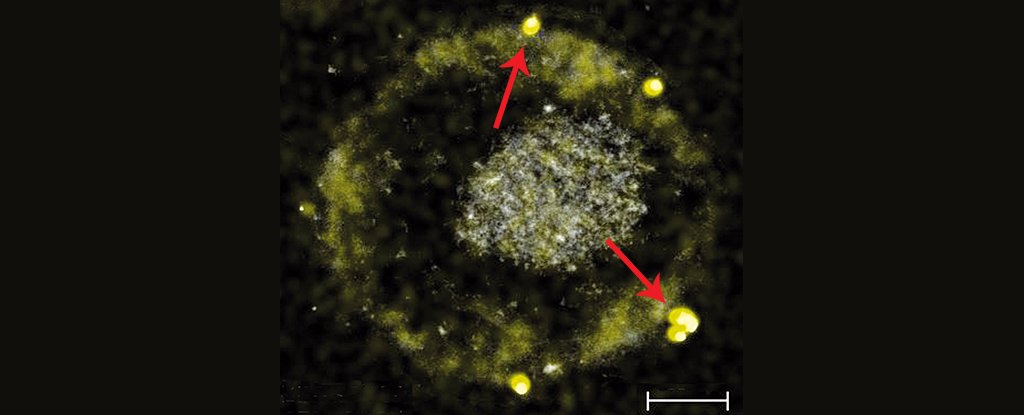
The capacity of C. metallidurans to biologically deposit gold was first demonstrated in 2009 by Professor Dietrich H. Nies from Martin Luther University Halle-Wittenberg (MLU) and Professor Frank Reith from the University of Adelaide. However, the precise molecular processes and the underlying reasons for this phenomenon remained unknown until recently. A collaborative research team, comprising scientists from MLU, the Technical University of Munich (TUM), and the University of Adelaide, successfully uncovered these molecular processes. Their significant findings were published in the distinguished journal Metallomics.
The way C. metallidurans produces gold is closely tied to how it handles toxic metals. Basically, gold sneaks into the bacterium using the same route as copper—an element that’s essential for the bacterium to survive but becomes dangerous in large amounts. Once inside, both copper and gold go through chemical changes. These changes turn them from hard-to-absorb compounds into ones that are much easier for the cell to take in.
Enzymes at Work: CupA and CopA in Action
To protect itself from metal overload, the bacterium relies on two enzymes: CupA and CopA. Usually, CupA’s job is to push out extra copper that builds up in the cell. But here’s the catch—when gold is around, it messes things up. Gold compounds block CupA from doing its job. So, instead of getting rid of the excess metals, both copper and gold get stuck inside. And that’s bad news, because when they’re together, copper and gold become even more toxic than they would be alone.
To overcome this heightened toxicity and the impaired export function, C. metallidurans activates another enzyme: CopA. The primary role of CopA is to transform the accumulated copper and gold compounds back into their original, difficult-to-absorb forms. This strategic conversion has several vital benefits for the bacterium:
- Firstly, by reverting the compounds to a less permeable state, fewer copper and gold compounds can enter the cellular interior in the first place.
- Secondly, this reduction in internal toxicity allows CupA, which was previously suppressed by gold, to resume its normal function of efficiently disposing of excess copper.
- Thirdly, and most notably, as a direct consequence of this transformation by CopA, the gold compounds that are now difficult to absorb transform in the outer area of the cell into harmless gold nuggets. These remarkable gold nuggets are incredibly small, measuring only a few nanometres in size.
Natural Gold Cycle and Future Eco-Friendly Mining

In the natural environment, C. metallidurans plays a critical role in the formation of secondary gold. Secondary gold is formed after primary, ancient gold ores, which are geological in origin, break down. During the weathering process, these primary ores release toxic gold particles. C. metallidurans then acts as a natural bioremediator, transforming these toxic gold particles into harmless metallic gold particles, thereby producing gold nuggets.
Read New Topics
- Anthropic launches Claude Life Sciences to give researchers an AI efficiency boost
- Bar-Tailed Godwit’s Record 8,400-Mile Non-Stop Flight
- New DNA Evidence Suggests Native American Ancestors Started in Northern Coastal China
- New Peptide Drug Parkinson’s Candidate Freezes Toxic Alpha-Synuclein Clumps
- Arctic Seals at Risk as Climate Change Melts Sea Ice
This study by the joint German-Australian research team provides important direction into the second half of the bio-geochemical gold cycle. The first half of this cycle involves other bacteria transforming primary gold into mobile, toxic gold compounds. C. metallidurans completes the cycle by transforming these toxic mobile compounds back into secondary metallic gold. A complete understanding of this entire cycle holds immense potential for the future. It suggests that it might be possible to produce gold from ores containing even a small percentage of gold without the need for toxic mercury bonds, a method commonly used in historical gold extraction. This breakthrough paves the way for potentially more environmentally friendly and efficient gold recovery processes.

